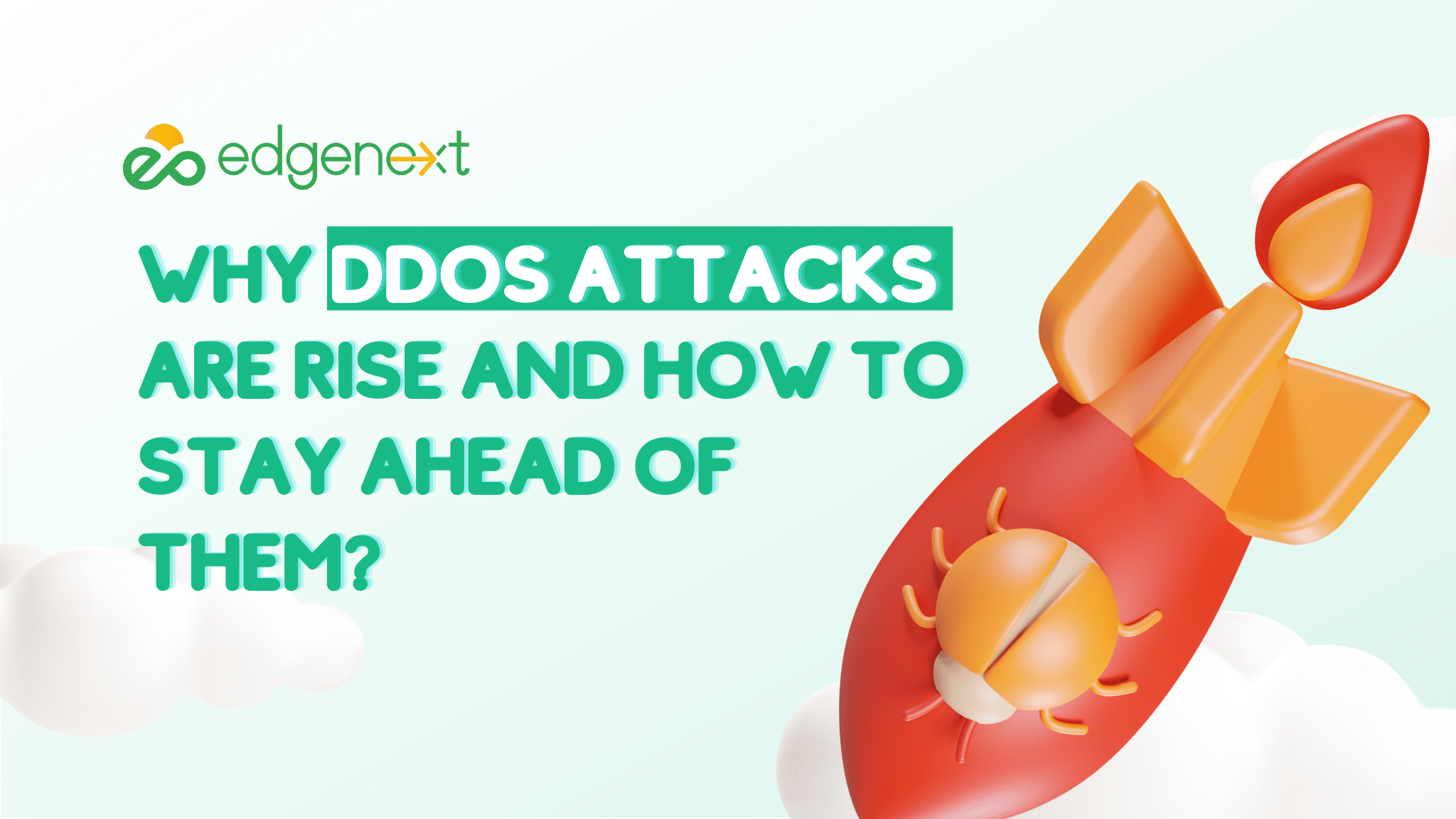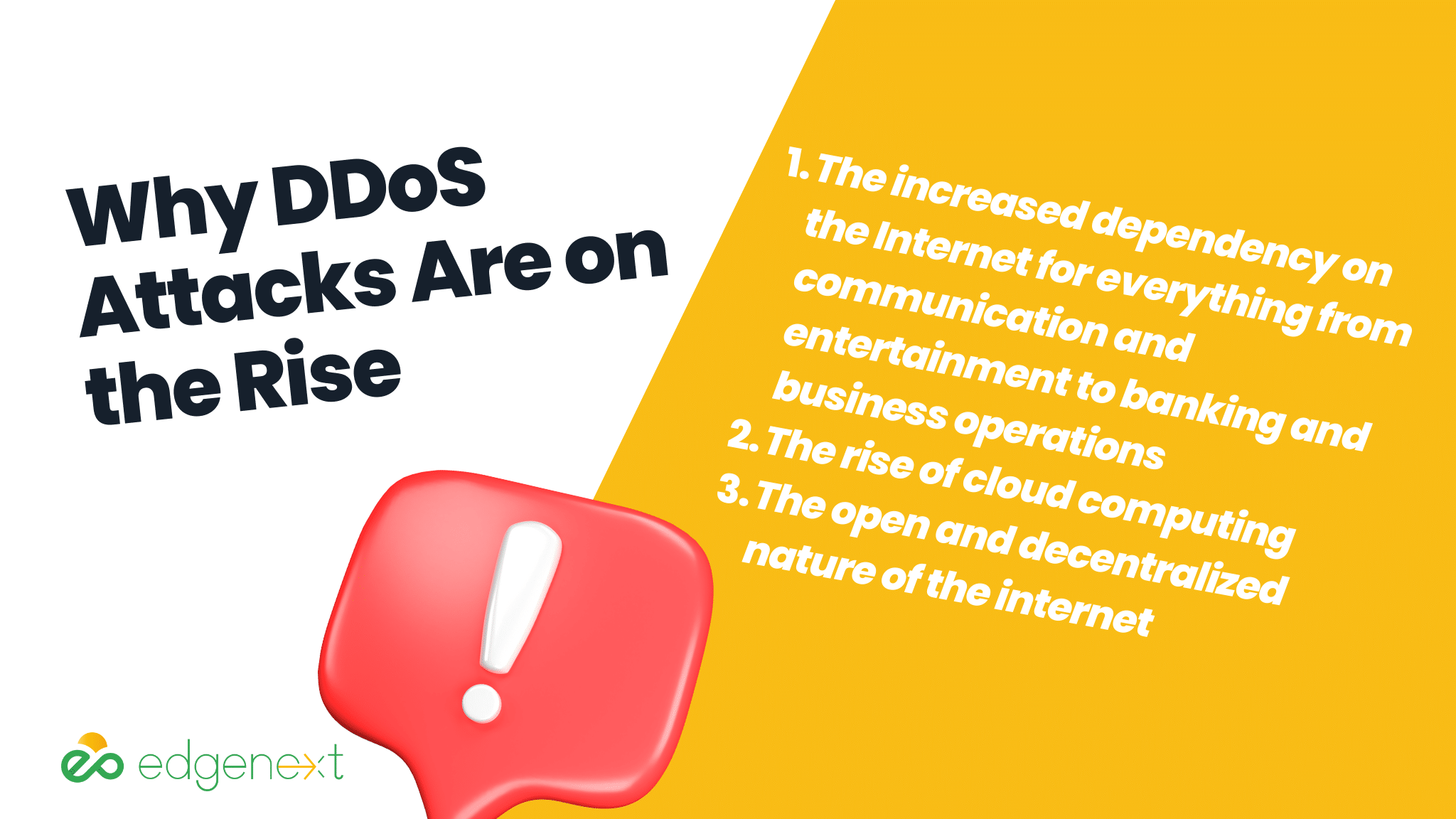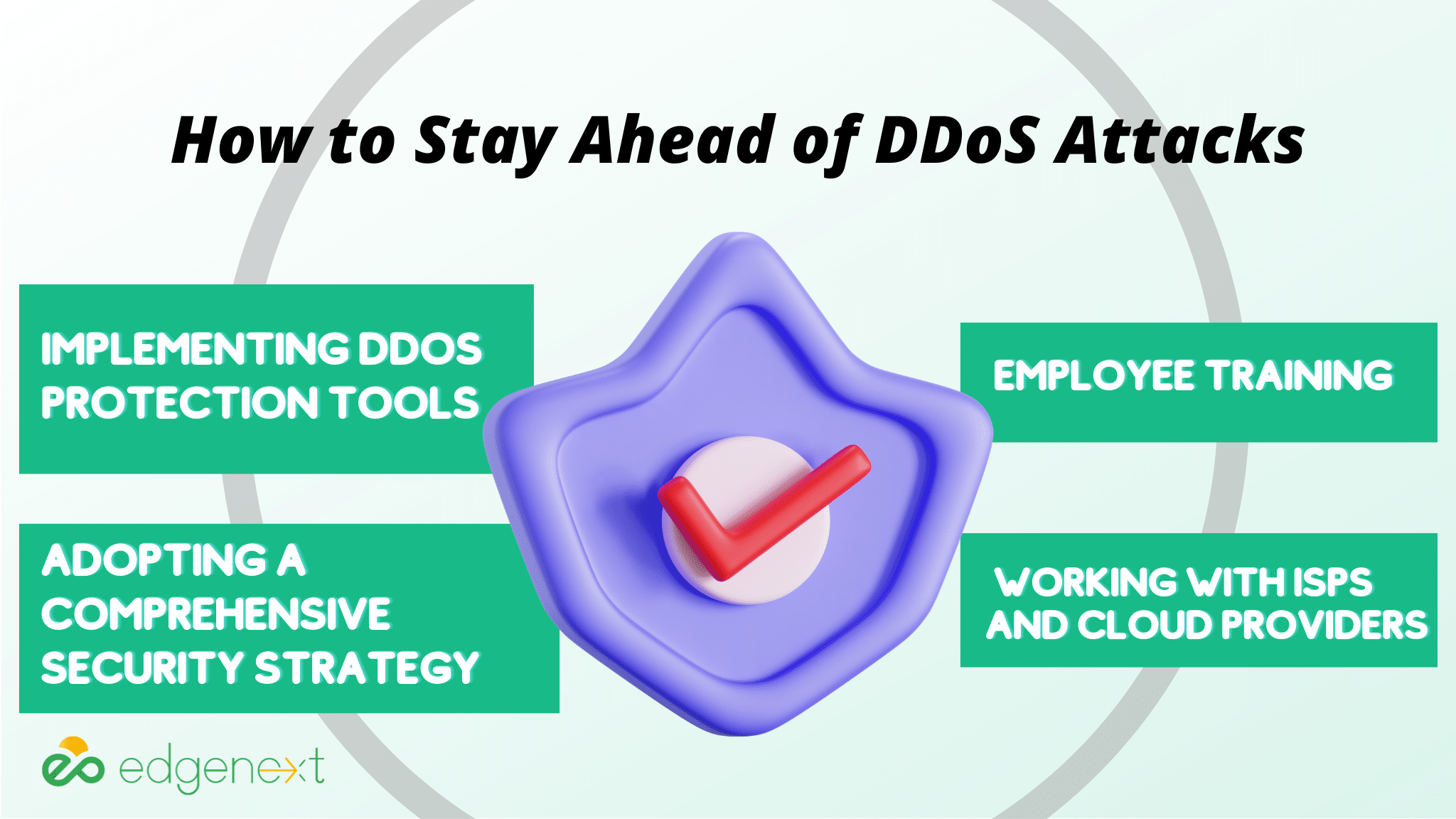
Distributed Denial of Service (DDoS) attacks have become increasingly common online. They are a threat to the security and stability of online services, businesses, and individuals alike. This article will explore why DDoS attacks are on the rise, their impact, and how companies can stay ahead to protect themselves from these malicious cyber-attacks. We will also discuss DDoS attacks’ future and how they will likely evolve. By understanding the current state of these attacks, we can better prepare ourselves for what is to come.
A DDoS attack is a cyber-attack that attempts to overwhelm a server or application with excessive traffic to make it slow or unavailable. This attack is launched from multiple computers, making it difficult for the target system to differentiate between legitimate and malicious requests. The attacker usually utilizes malware or botnets to generate large amounts of requests and traffic to overwhelm the target system.
There are numerous types of DDoS attacks, including network layer attacks, application layer attacks, volumetric attacks, protocol attacks, and resource exhaustion attacks. Network layer DDoS attempts to flood a network with data packets from multiple sources, resulting in the denial of service for legitimate users due to too much traffic. Application layer attacks, on the other hand, target application-specific services such as web servers or databases.
Volumetric attacks seek to saturate the bandwidth of the attacked site. Protocol DDoS attacks exploit weaknesses in communication protocols such as TCP/IP, UDP, and ICMP by sending malformed requests to overwhelm the server. Meanwhile, resource exhaustion attacks target resources such as memory and CPU to prevent the server from responding.

The prevalence of DDoS attacks is rising, and several key factors contribute to this. The first is the increased dependency on the Internet for everything from communication and entertainment to banking and business operations. This has result in more attacks because attackers can target more people in less time than ever. Additionally, attackers have become increasingly sophisticated in their methods and are often motivated by financial gain or political objectives.
The rise of cloud computing has also given attackers access to powerful resources and tools that can be used to launch more significant DDoS attacks, making them more effective than ever before. Furthermore, the rise of cryptocurrency has allowed attackers to monetize their efforts by demanding ransom payments from victims. This incentivizes attackers to target organizations with large amounts of data or sensitive information.
Lastly, the open and decentralized nature of the internet means that DDoS attacks can originate from anywhere in the world, making them incredibly difficult to prevent or stop once launched. This has made it increasingly more work for organizations to protect against these attacks. With more online users and more powerful tools available, DDoS attacks will likely remain a significant threat for the foreseeable future.
DDoS attacks can have a devastating impact on organizations and individuals alike. For businesses, DDoS attacks can lead to significant financial losses due to disruption of services or downtime of websites and applications. It can also damage a company’s reputation if customers cannot access the business’s resources and services adequately. Besides, companies may face legal issues due to data breaches or other security-related incidents due to DDoS attacks. For individuals, DDoS attacks can lead to privacy violations and identity theft if personal information is compromised.
Additionally, they may be unable to access important websites or services that could prevent them from carrying out essential tasks such as banking or communicating with others. This attack can also lead to costly repairs if the attack is particularly malicious. Overall, DDoS attacks can cause a variety of problems for both businesses and individuals alike that can be difficult and expensive to recover from.

1. Implementing DDoS Protection Tools
2. Adopting a Comprehensive Security Strategy
3. Employee Training
4. Working with ISPs and Cloud Providers
One of the most important steps organizations can take to stay ahead of DDoS attacks is to invest in and implement a range of DDoS protection tools. These include firewalls, intrusion detection systems (IDS), and web application firewalls (WAFs). Firewalls are essential for blocking malicious traffic from entering a network, while intrusion detection systems monitor suspicious behavior on networks and alert administrators when potential threats are detected. Web application firewalls provide an extra layer of protection by monitoring web requests and blocking suspicious ones. By investing in these tools, businesses can better protect themselves against DDoS attacks.
Additionally, companies should adopt a comprehensive security strategy that focuses on preventing cyber-attacks and responding quickly and effectively if they occur. They should ensure their security policies are up-to-date and well-documented and regularly test their systems for vulnerabilities. It is also essential to have a clear incident response plan to ensure the organization can quickly recover from any attack.
Employee training can play an essential role in preventing DDoS attacks. Employees should be taught about the dangers of phishing emails, clicking on untrustworthy links, or downloading malicious software, as these actions can all lead to DDoS attacks. Additionally, employees should understand the basics of cybersecurity, such as using strong passwords, enabling two-factor authentication, and avoiding public Wi-Fi networks whenever possible.
Finally, organizations should consider working with Internet Service Providers (ISPs) and cloud providers to help mitigate the risk of DDoS attacks. ISPs can provide additional bandwidth or filtering solutions to reduce the impact of malicious traffic. At the same time, cloud providers often have built-in security features that can detect and block certain types of traffic attacks. By leveraging these resources, companies can better protect themselves against DDoS attacks.
As technology continues to evolve, so does the threat posed by DDoS attacks. Attackers will likely leverage new and advanced technologies such as artificial intelligence (AI) and machine learning algorithms to launch more sophisticated attacks. These AI-driven attacks could target vulnerable systems with greater speed, accuracy, and scale than ever before. Attackers may also turn their attention to IoT devices that can be used as a botnet for launching powerful distributed denial of service (DDoS) campaigns.
To further protect against future threats posed by DDoS attacks, organizations should also consider taking other preventative measures such as regular patching of software and systems, backing up data regularly, using secure authentication methods for remote access, restricting
access permissions where appropriate, and providing continual employee training on security best practices. These steps can help ensure businesses are better prepared to handle DDoS attacks.
Overall, DDoS attacks are likely to continue to pose a severe threat in the future, and organizations must remain vigilant and proactive when protecting their networks and services against these types of attacks. By utilizing the latest technologies, such as AI and machine learning, businesses can stay one step ahead of cybercriminals.
DDoS attacks are rising as cybercriminals become increasingly sophisticated in their attack methods. Organizations must remain vigilant and take proactive measures to stay ahead of potential threats. This includes investing in and implementing DDoS protection tools, adopting comprehensive security strategies, providing employee training on cybersecurity best practices, and leveraging resources from ISPs and cloud providers. By taking these steps, organizations can better protect themselves against DDoS attacks.
Organizations must assess their current DDoS protection strategies to ensure they are up to date with the latest technology and trends to stay ahead of future threats. We urge organizations to evaluate their DDoS protection measures and take the necessary steps to ensure they are adequately prepared for potential attacks. With the proper security measures, businesses can protect themselves against current and future threats posed by DDoS attacks.
Despite the increasing sophistication of cybercriminals, organizations can still protect themselves from DDoS attacks if they take the necessary steps and develop a comprehensive security strategy. This includes investing in DDoS protection tools such as firewalls, intrusion detection systems (IDS), and web application firewalls (WAFs). Additionally, companies should ensure their policies are up-to-date and well-documented, regularly test their systems for vulnerabilities, and provide employee training on cybersecurity best practices. By taking these steps, organizations can better protect themselves against DDoS attacks.
Protect your business from the increasing threat of DDoS attacks with Edgenext’s comprehensive security solutions. Our team of experts can provide you with the latest technologies, strategies, and resources needed to stay one step ahead of cybercriminals. Don’t let a DDoS attack occur on your watch– contact us today for more information about how we can help secure your organization!
Reference:
Cybersecurity & Infrastructure Security Agency. (n.d.). Understanding Denial-of-Service Attacks. https://www.cisa.gov/news-events/news/understanding-denial-service-attacks
Software Testing Help. Top 10 Best DDoS Protection Services To Secure Your Website. https://www.softwaretestinghelp.com/best-ddos-protection-services/
EdgeNext. What is WAF and How it Works? https://www.edgenext.com/what-is-waf-and-how-it-works/
IBM. What is a cyberattack? https://www.ibm.com/topics/cyber-attack
© 2025 EdgeNext Copyright All Right Reserved